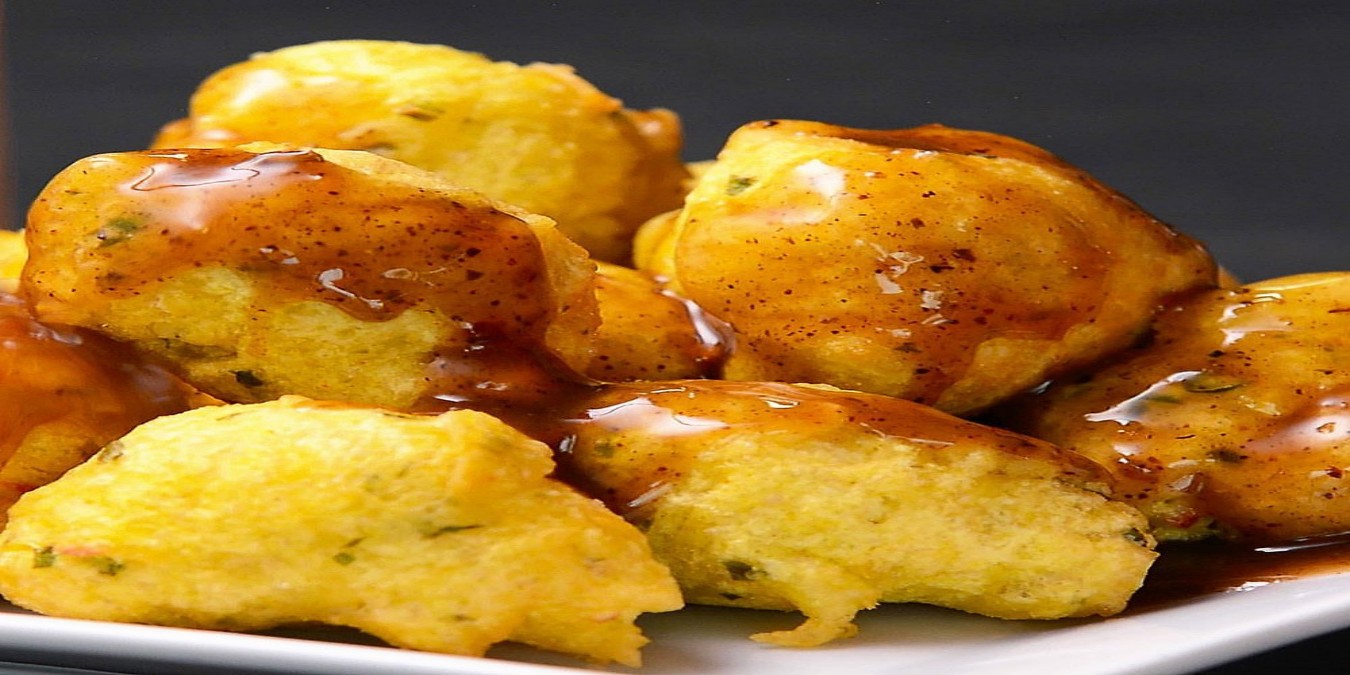Pholourie is a beloved street food and snack in Trinidad and Tobago, with deep roots in the island’s Indian heritage. It was introduced in the mid-19th century by East Indian indentured labourers, who arrived between 1845 and 1917 to work on sugar plantations. Drawing from traditional Indian fritters like pakora and vada, they adapted the recipe to local ingredients and tastes.
Made from a seasoned split pea and flour batter, pholourie is fried into golden, fluffy balls and often served with chutneys, especially tamarind sauce. Over time, it became a staple at religious and cultural gatherings such as Hindu festivals, weddings, and community events, before spreading widely as an everyday snack sold by street vendors.
Today, pholourie is one of Trinidad and Tobago’s most iconic finger foods, a tasty reminder of the island’s multicultural blend of Indian, African, and Creole influences.
- Photo captured by @mytrinibox


Comments